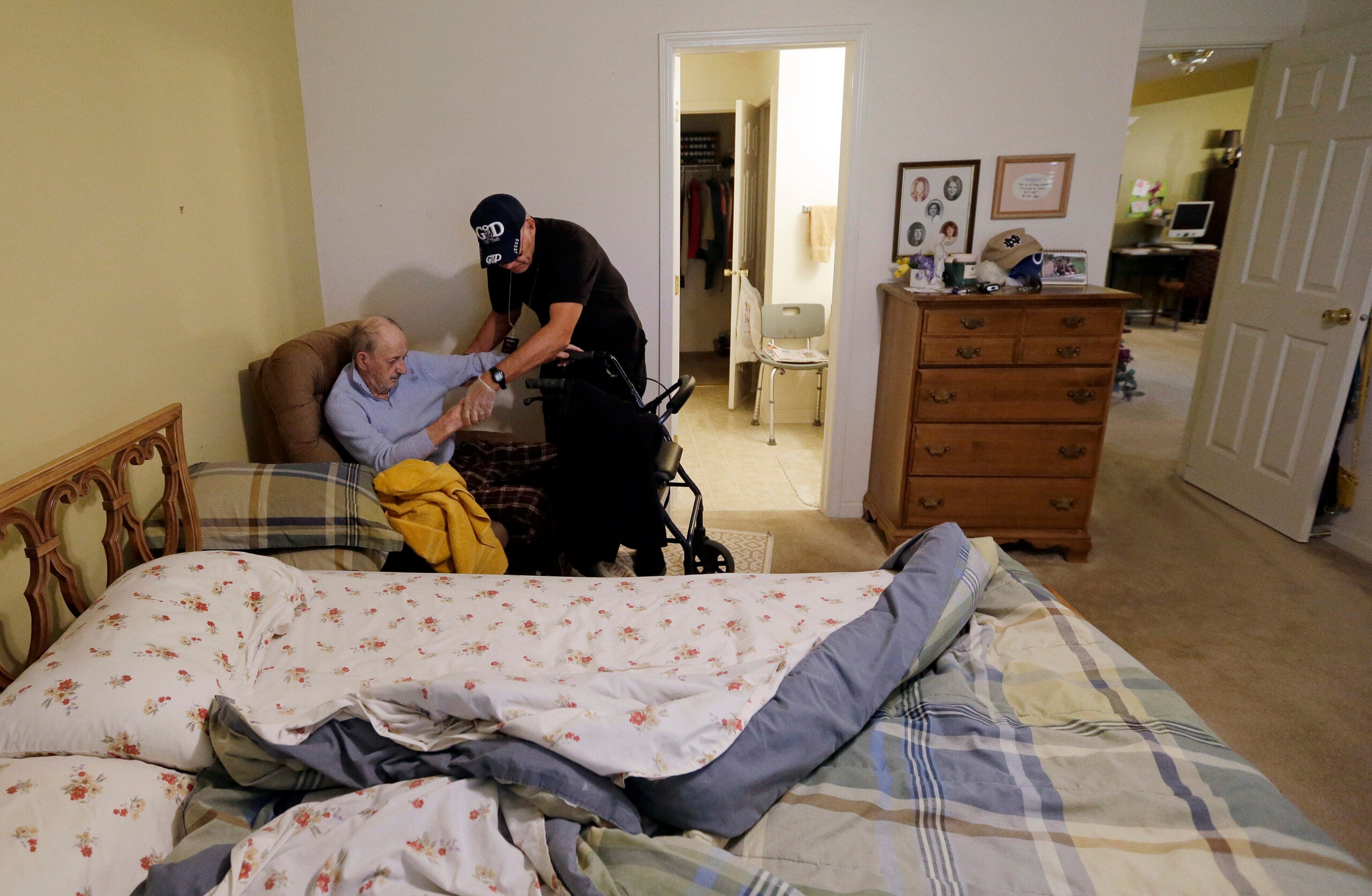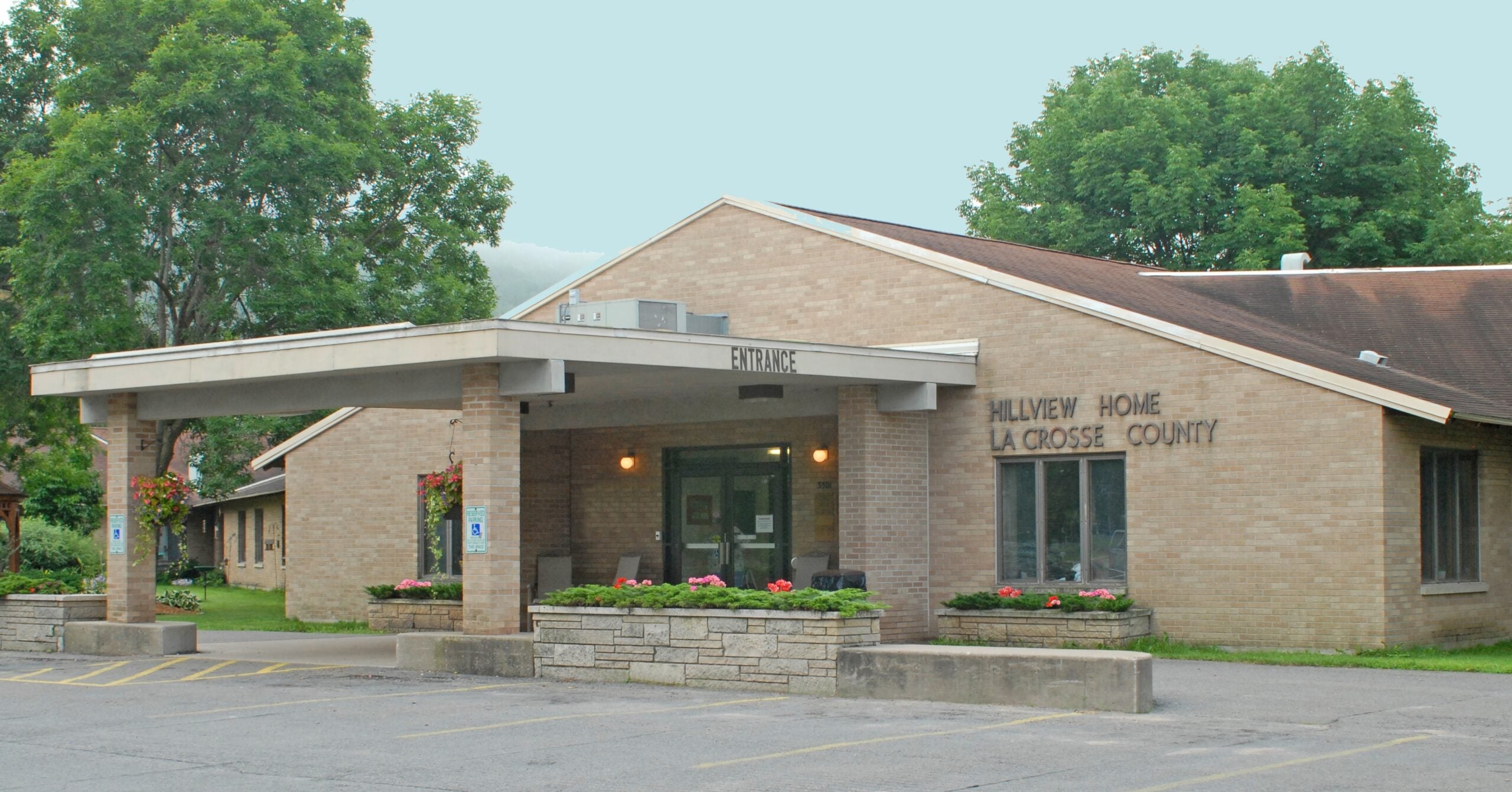The Wisconsin Department of Health Services is introducing a new pilot program to help people live at home independently.
The project, funded by the federal American Rescue Plan Act, allocates $7,200 in one-time funding for eligible residents to access resources and services in their home, said Wisconsin Medicaid Director Jamie Kuhn. She said it’s one of many statewide initiatives focused on improving access to care.
“This is just another tool and another way in which we are looking to see if there’s a gap that we need to fill, and I don’t doubt that we will find that there is a need out there,” Kuhn said.
Stay informed on the latest news
Sign up for WPR’s email newsletter.
The primary goal is to provide what she called a “diversion program from high-cost care, where appropriate, for individuals to maintain independence in their homes.”
She said they also want to better understand ways they can continue creating programs that ensure people’s independence — whether it’s due to a disability or age.
To qualify for the one-time aid, a person must be:
- A Wisconsin resident and U.S. citizen or eligible immigrant.
- Live in a pilot service area.
- Be 18 years or older.
- Have at least one eligible functional need and have a qualifying diagnosis if under the age of 55.
- Earn less than 300 percent of the federal poverty level.
- Not be enrolled in Medicaid long-term care programs or living in a long-term care facility.
Program dollars will go to aging and disability resource centers in pilot counties across the state. Those include: Adams, Brown, Chippewa, Columbia, Dane, Dodge, Dunn, Eau Claire, Green Lake, Kenosha, Milwaukee, Sauk, St. Croix, Walworth, Washington and Waushara counties.
Funds can be used for a range of services from home and vehicle modifications to personal care to high-speed internet services to financial management and legal assistance. People can enroll in the program for up to a year.
“For any Wisconsin resident who has a family member or friend who they’ve watched go through that process and have a short term injury or need that arises,” Kuhn said, “I certainly can understand what goes into supporting that person so that they can be in their home and still live independently in the community.”
“I think for everyone who has family members, this is a really understandable need. And this is a really important pilot program that can really make a huge difference,” she continued.
Each aging and disability resource center, or ADRC, will identify eligible participants in their area, help them enroll in the pilot and coordinate services, according to the DHS press release. They will also help participants transition to other services when the pilot ends.
Susan Blodgett, director of the Sauk County ADRC, said many community members do not qualify for long-term care but do qualify for this program.
She anticipates the program will help 279 people in their county.
“It’s rare for us to have someone call and say, ‘I think I want to go live in assisted living,’” Blodgett said. “Most people want to stay in their homes as long as possible.”
The help will go a long way, she said. Some may need to install a ramp at home, others may need someone to help purchase a hearing aid or other physical independent living services Medicare doesn’t cover.
Rick Abrams, president and CEO of the Wisconsin Health Care Association and Wisconsin Center for Assisted Living, said long-term care services must be patient-centered, in the most appropriate, least restrictive and cost-effective environment.
“Anything that will move more resources into long-term care, whatever setting, so that people can receive high-quality, comprehensive care in the appropriate setting for them, we certainly support,” he said.
Wisconsin aging population will likely affect demand for services
Wisconsin’s aging population is expected to increase in the next five to 10 years — exacerbating current issues in health care and the workforce.
Abrams said demand for independent and facility-based living services will also grow.
By 2040, the aging population — those 65 and older — is expected to more than double, according to a report by the Governor’s Task Force on Caregiving. The projected growth rate for that group is 72 percent, compared with 12 percent for Wisconsin’s overall population.
Whether the pilot program becomes permanent will depend on its success, Kuhn said.
For Blodgett’s part, she hopes it does.
She said people call the office in Sauk County everyday looking for help. After they are screened, those who do not qualify for long-term care will be referred to an independent living staff member to help coordinate the new funds. They plan to launch a soft rollout on July 24.
“I think this would be great if it continued in the future because it would keep more people safe in their own home,” she said. “But these are ARPA funds, so when the ARPA funds are gone, it would have to be up to the Legislature and the governor and their budget cycles to put this forward.”
Wisconsin Public Radio, © Copyright 2025, Board of Regents of the University of Wisconsin System and Wisconsin Educational Communications Board.





